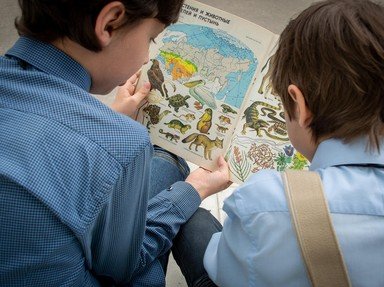
Hands Up... to the Shoulder Trivia Quiz
Your arms stretch from your shoulders all the way down to your hands. Here's a look at each part of those arms but first you need to match the part of the arm (on the left) with the description as to where it is (on the left). Best of luck.
A matching quiz
by pollucci19.
Estimated time: 3 mins.